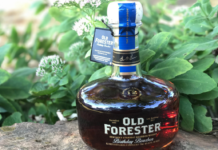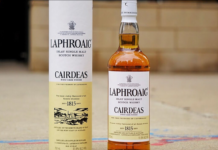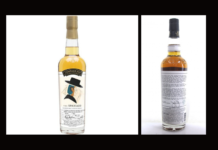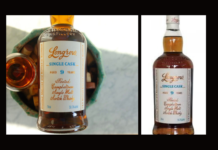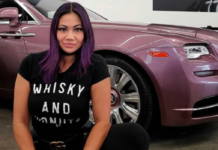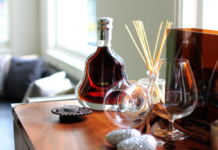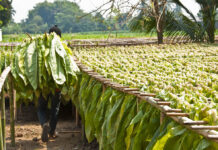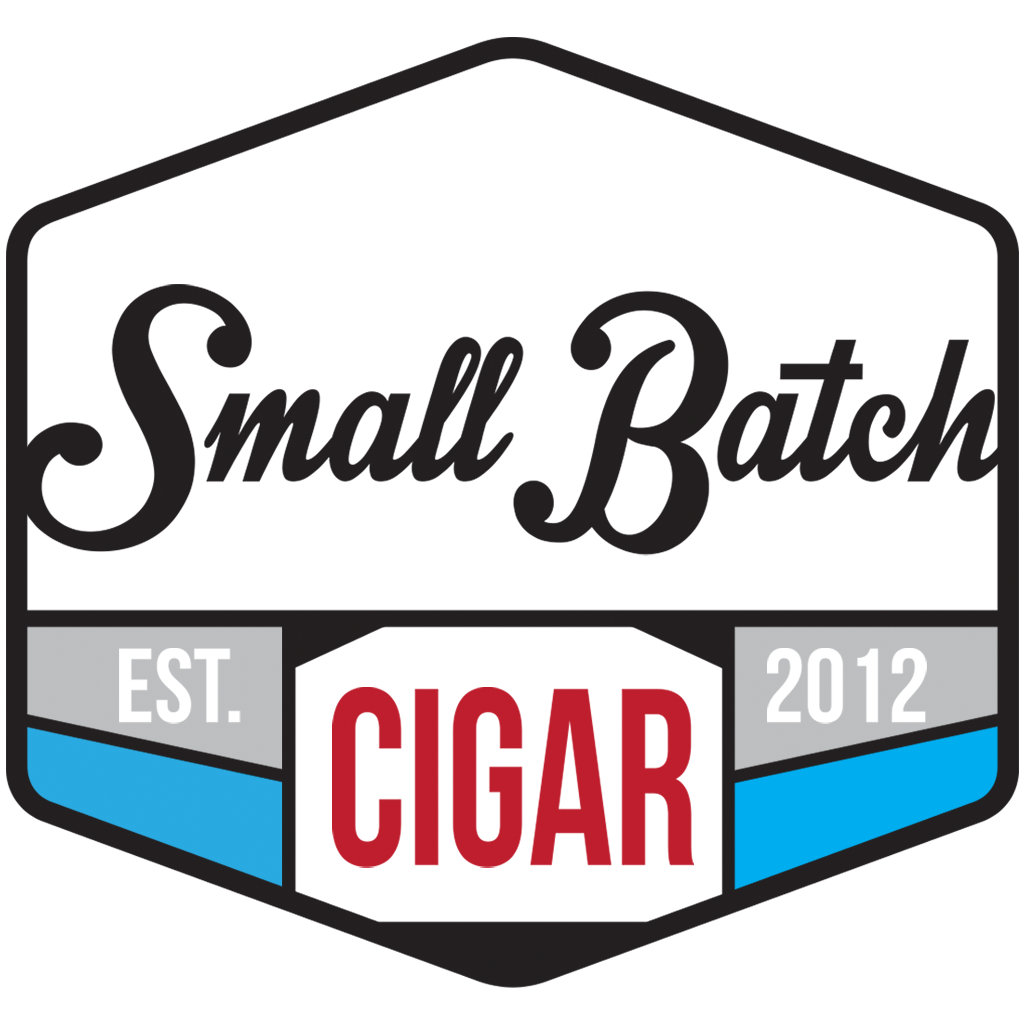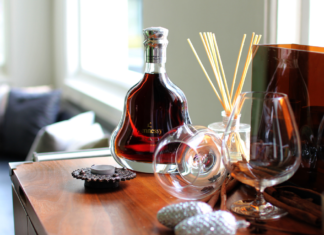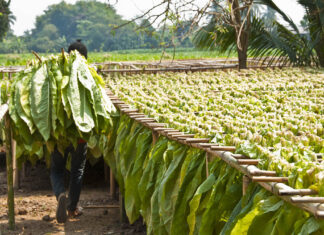We are a family & friends owned and operated company born in the heart of the Colorado Rockies. Founders, Connie Baker and Carey Shanks, who live in Marble, combined their two passions, Craft Distilling and Sustainable Business to create the first distillery in the USA to recycle 100% of process water and capture / reuse the energy from the distilling process. Enlisting Carey’s sister and brother-in-law, Dorian and Rob DiPangrazio, who relocated from the Blue Ridge Mountains of North Carolina, the in-laws bonded together over a combined passion for crafting spirits in the old world tradition and built an artisan distillery where energy conservation and environmental sustainability is a daily practice. Connie Baker spoke to Tastethedram and gave us the down low on what we all hope to do one day, and that is, to run our own distillery successfully.
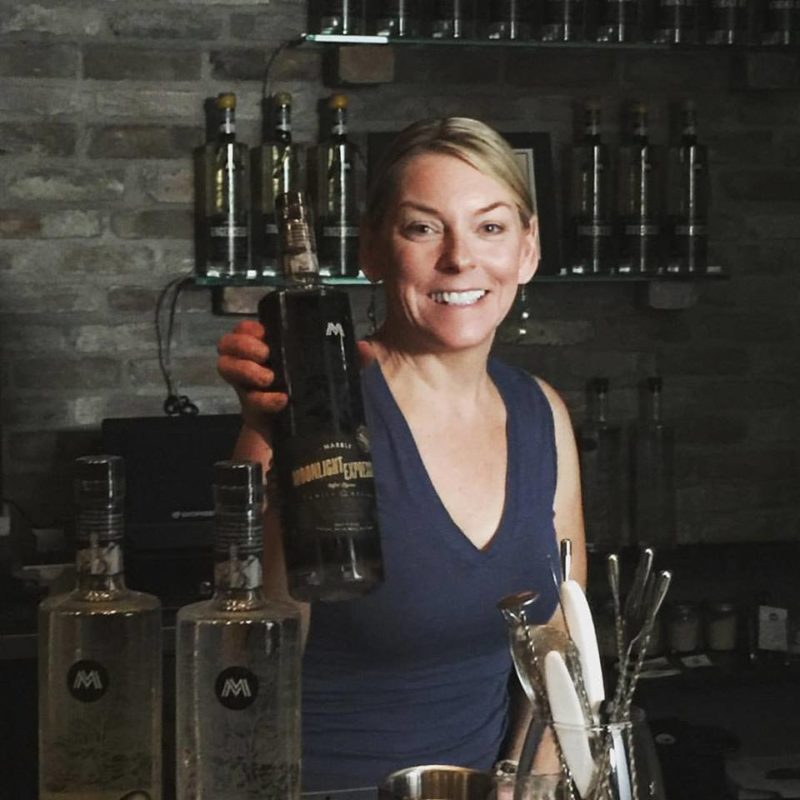 Connie, tell us a little about yourself. What were you doing before getting into the world of spirits distillation?
Connie, tell us a little about yourself. What were you doing before getting into the world of spirits distillation?
CB: I went from drugs to booze – previously in pharmaceutical marketing.
Tell us about Marble Distilling. What was the vision and tell us about the name.
CB: My husband and I live in Marble, CO – just up the road from Carbondale – and have the most delicious water at our home – and use water from Marble for proofing all our spirits. Our water comes from the Crystal River, whose headwaters flow through marble and are naturally filtered. The marble from Marble is metamorphosed limestone, so naturally, a wonderful filter – similar to the limestone acquifer that provides water for great bourbon in Kentucky and Tennessee. Early on, whenever I made spirits, I would try various filtration systems – marble, charcoal, carbon, etc.
My friends (all taste testers) would always choose the spirit filtered through marble. Hence, our marble filtration system and name, which ties into our sustainability initiatives. We had a vision of building a distillery that would honor the pristine environment and beauty of the Crystal River Valley through sustainable practices and be an industry leader for sustainable distilling. Our motto is “Drink Sustainably”.
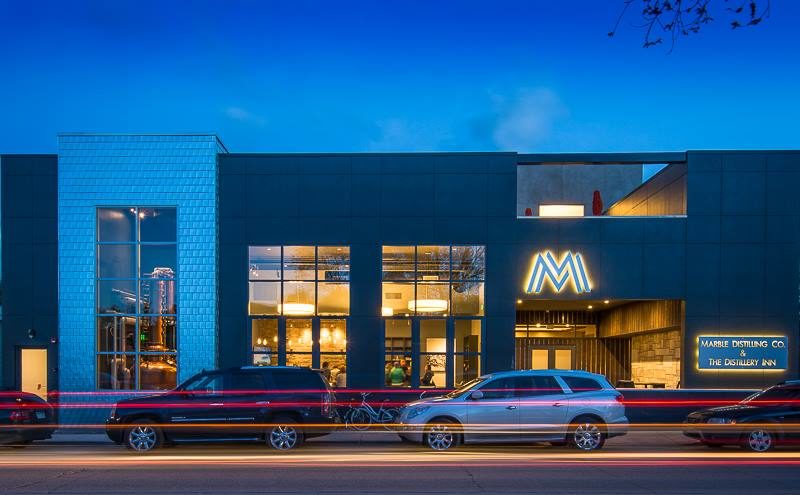 Who else is involved in this venture with you?
Who else is involved in this venture with you?
CB: My husband, Carey Shanks. His sister, Dorian DiPangrazio. My best friend, Michelle Marlow. And a friend of all of ours, Mandy Brennan.
What are your day to day activities?
CB: Whew. For Distilling – Loading grain into mash tun, cooking, pumping 500 gallons of mash to fermenters, pumping (ready) fermentations to strip still, stripping run, pumping low wines to finish still, finish distillation, proofing spirits, filling barrels, moving barrels (to storage), slicing and dicing hundreds of pounds of ginger (every three weeks), setting up mash tun for a cold brew (every three weeks) – requires sparging equipment and 200 lbs of ground coffee laid in a bed, cleaning equipment (sometimes this means climbing inside a still or fermenter).
Then I do some sales, marketing, graphic design, TTB reporting, label design approval, supply chain management, financial management of company and when something is broken, I fix it.
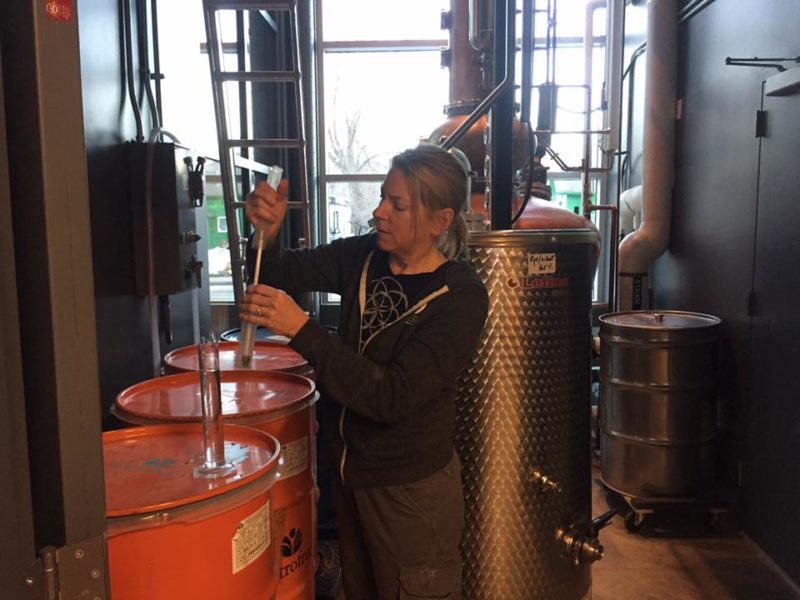 What challenges did you first come across when starting your distillery?
What challenges did you first come across when starting your distillery?
CB: During the planning phase, I was turned down by eight banks, so funding was a huge challenge. Once we started distilling, scaling from my little five gallon still to a 500 gallon still was challenging!
What are the maturation conditions like?
CB: MDC’s barrel storage is unique in that we are using “Mother Nature” to heat our barrel storage. We repurposed an abandoned potato cellar by replacing its southern roof with polycarbonate greenhouse panels. This allows our underground cellar to warm with the sun and retain the heat, yet cools down at night. The temperature swings are critical to our maturation.
What spirits do you currently produce?
CB: Vodka, Gingercello, Bourbon Barrel Aged Gingercello, Moonlight EXpresso.
In cask but not yet bottled are our “Hoover’s Revenge” whiskies:
Ragged Mountain Rye (Rye/Wheat Whiskey)
Back Country Bourbon (4 grain bourbon)
Fight’n Whiskey (Triticale Grain Whiskey)
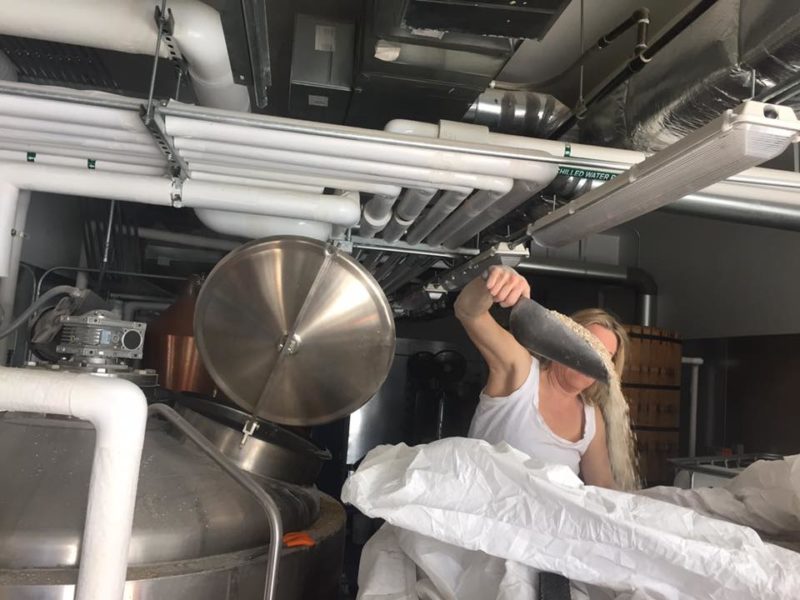 Where do you think the most flavor control can occur? Grain? Yeast? Water? Wood?
Where do you think the most flavor control can occur? Grain? Yeast? Water? Wood?
CB: I believe the Grain, Water and Wood all play important, yet different, parts of the flavor profile. I also believe that temperature during the aging process has impact on flavor. Water is KEY!
What are the most important factors affecting spirit distillation? How do you ensure that these are carefully balanced to produce a consistently high quality product?
CB: Most important – Quality, all natural base products. That is why we know the farmers who grow our grains and why our water comes from Marble. Time and temperatures during both the mashing process and distillation. You can’t rush a good spirit!
Do you think that your product is distinctive? If so, what makes it distinctive from other whiskies on the market?
CB: Hoover’s Revenge whiskies are distinctive because of their mash bills and marble water. I also feel the higher percentage of malted barley makes for a smoother whiskey profile.
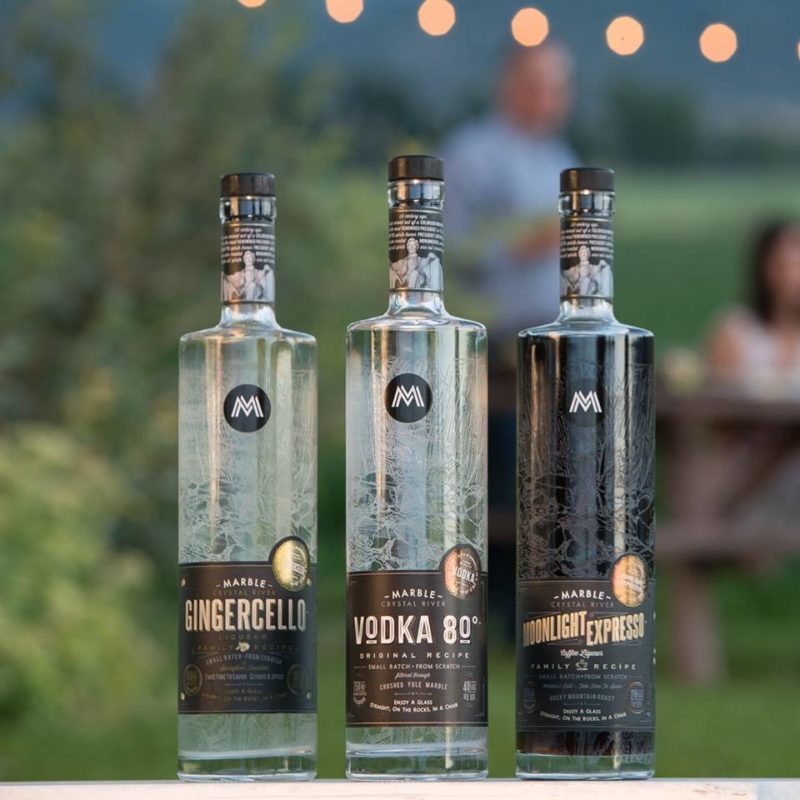 Do you have any role models in the industry?
Do you have any role models in the industry?
CB: One of the first people I met after distilling school was Rory Donovan from Peach Street Distillery. He invited me to come to Palisade and was very generous with his time and knowledge. I strive to be as generous with my time/info to any new distiller who contacts me. I want to promote that type of good will in the craft distilling industry. At a craft distilling Q&A in Aspen, Jess Graber was the first distiller to take a question on a panel with several distilleries represented. He opened by saying, (I’m paraphrasing) “before answering, I want to point out that someone who should be at this table is not here – Rory Donovan from Peach Street Distillery, who was one of the first to start a craft distillery and certainly one of the greats.” So, Jess Graber became one of my role models, too – He did not have to mention Rory or Peach Street!
Connie, more and more women are becoming interested in spirits like rum and whiskey, do you think the industry is doing enough to appeal to women, or do we still have a long way to go?
CB: Like so many industries, the craft distilling industry has a long way to go. I believe it is making strides, but the reality is women and people of color are few and far between – more as it relates to distillers. I’m seeing more and more women in the industry, but mostly in the sales and marketing areas. I think we need to change the perception that whiskies are made by old, white men from Kentucky! I loved Popcorn Sutton – but not all distillers wear a long beard!
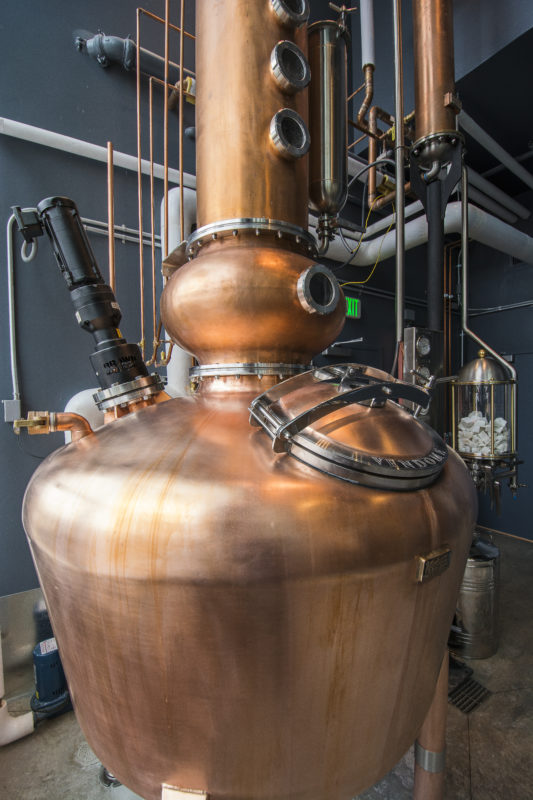 Where or who do you feel is the driving, innovative force behind our craft distilling industry right now?
Where or who do you feel is the driving, innovative force behind our craft distilling industry right now?
CB: Creativity in producing spirits that break traditional norms of how things “have been done” for years. I think aging programs are highly innovative now – utilizing 2nd, 3rd, 4th generation barrels and layering barrel profiles to expand on flavors.
Where do you see your distillery 5 years from now?
CB: Continuing to support our local community, local farmers and suppliers while growing our distribution outside of Colorado. Importantly, further expanding our barrel aging program and stocking away interesting and unique single cask Distiller’s Reserve “one-offs” for special releases.
Is there anything else you’d like to share with our readers?
CB: DRINK SUSTAINABLY!





